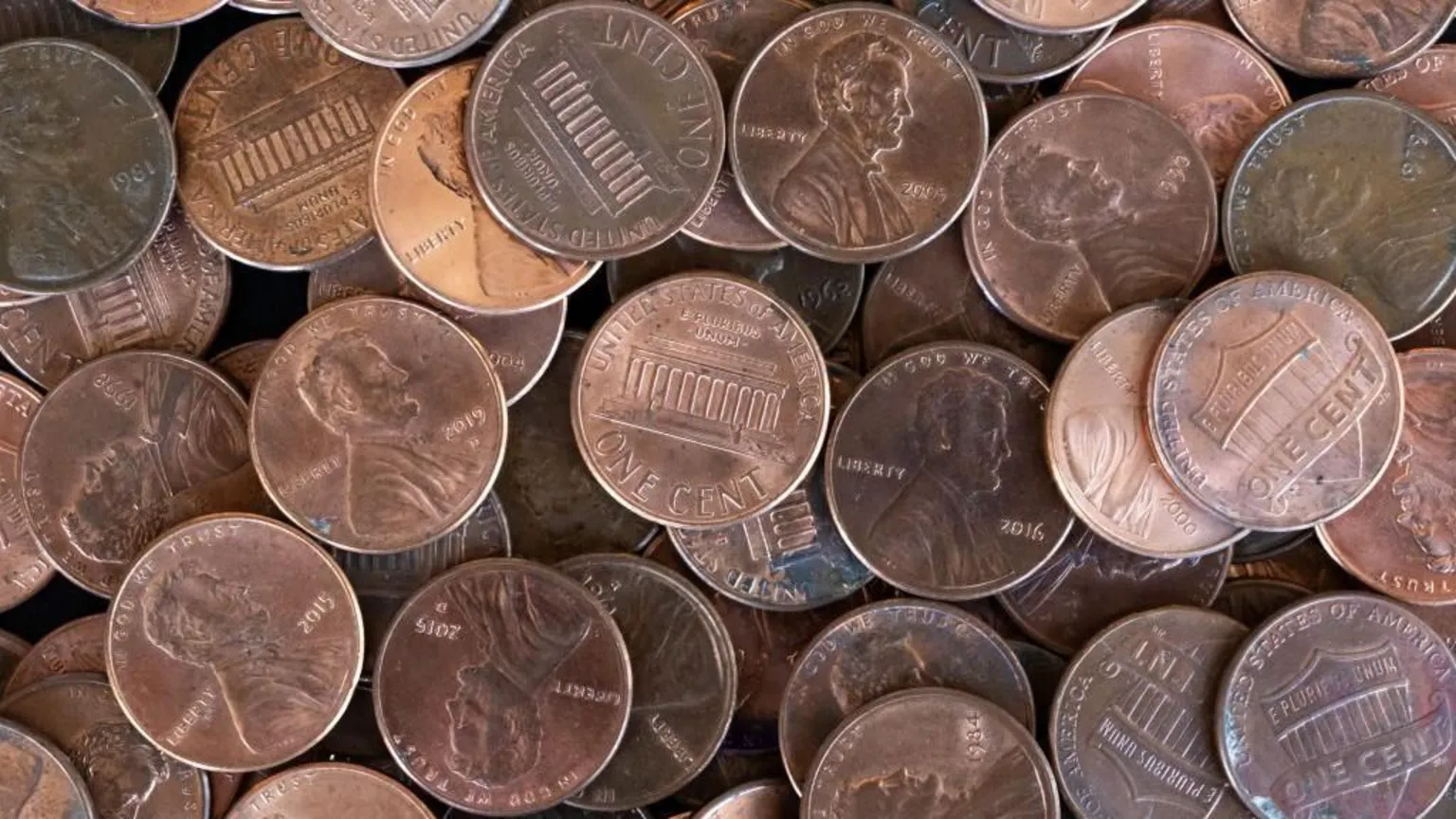
After over 230 years, the US stops its penny-making run.
This significant change is primarily driven by the government's aim to save money. As former President Donald Trump declared in February when he first announced these plans, the move is about "Rip[ping] the waste out of our great nation's budget, even if it's a penny at a time."
Despite honoring Civil War President Abraham Lincoln, and being made from copper-plated zinc, pennies have become surprisingly expensive to produce. The Treasury Department reports that each penny now costs nearly four cents to make—more than double its production cost just a decade ago. By ending production, the government anticipates annual savings of approximately $56 million.
Officials also point to the growing dominance of electronic transactions, which has rendered the penny, first introduced in 1793, increasingly unnecessary. The Treasury Department estimates that around 300 billion of these coins will continue to circulate, a quantity "far exceeding the amount needed for commerce."
Indeed, a significant number of pennies simply fall out of use. A 2022 government analysis revealed that about 60% of all US coins in circulation—roughly $60 to $90 per typical household—are tucked away in piggy banks at home, deemed not worth the effort of spending. However, a word of caution for those who are thrifty: as businesses begin rounding up prices, shoppers might face slightly higher costs. A study by researchers at the Richmond Federal Reserve suggests this could cost consumers an estimated $6 million annually.
The US isn't alone in this monetary shift. Other countries have also gradually retired their lowest-value coins. For instance, Canada produced its final one-cent coins in 2012. Australia and New Zealand moved away from one and two-cent coins in the 1990s, with New Zealand also discontinuing five-cent coins in 2006.
Even the UK considered scrapping its 1p coins in 2018, though that proposal was later withdrawn. However, the rise of digital transactions did prompt the UK to cease coin production entirely in 2024, confident that there were enough 1p and 2p coins already circulating.
Now, attention in the US is shifting toward the nickel. This five-cent coin currently costs nearly 14 cents to produce. Retiring the nickel, according to the Richmond Fed study, would have an even greater impact on consumers, potentially adding around $55 million per year to their expenses.


